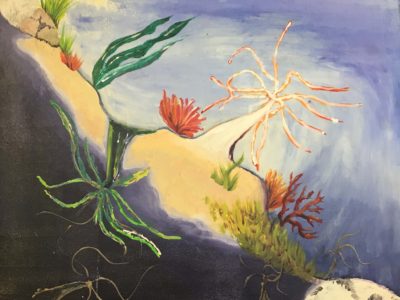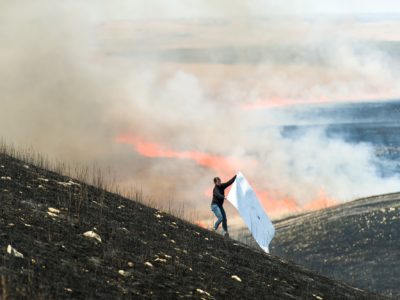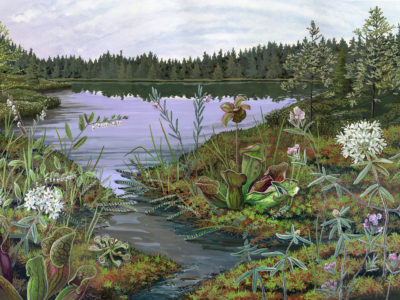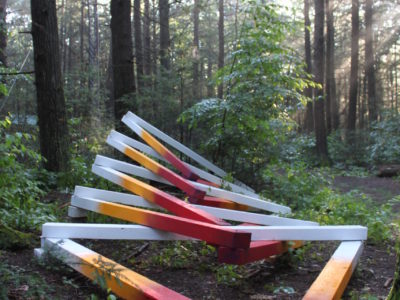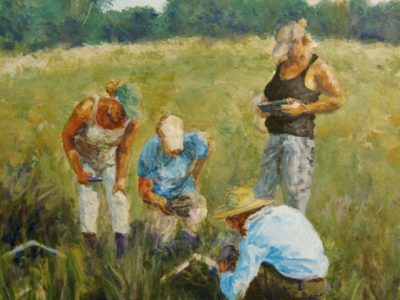Collaboration with artist Cynthia Rubin (NES)
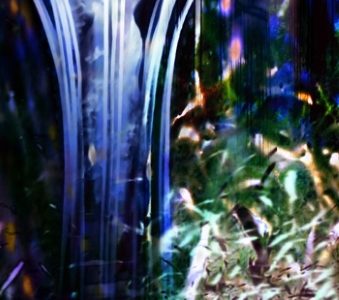
Biological oceanographer Susanne Menden-Deuer at the University of Rhode Island has an ongoing collaboration with artist Cynthia Rubin. Murals are on display on the doors to Woods Hole Oceanographic Institute (WHOI) PI labs, while other art is showcased during exhibits and conferences. Project Status: Ongoing

